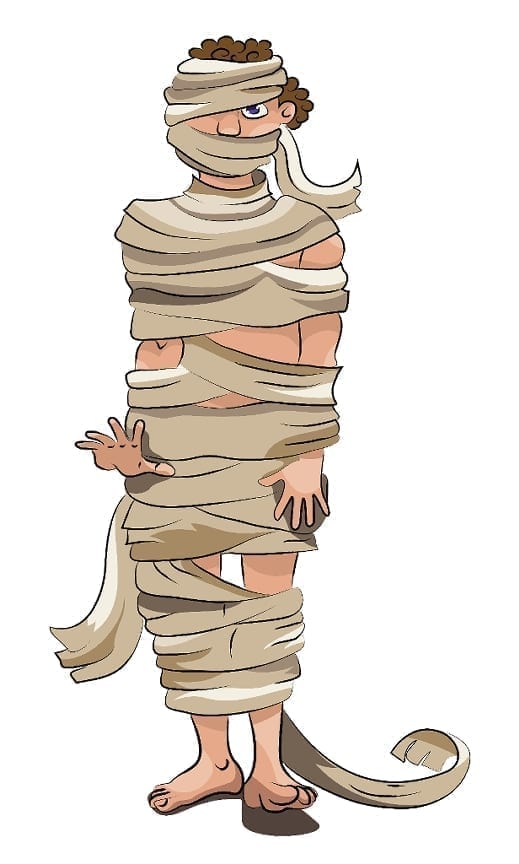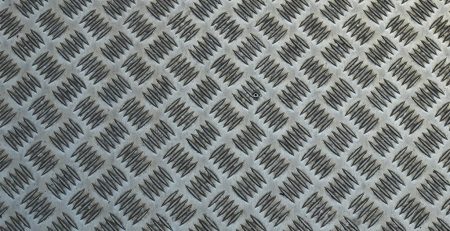Mummies could be misdiagnosed
Recent scans of Egyptian mummies show that several pharaohs who ruled three millennia ago really suffered from a degenerative spinal condition, which is not a debilitating form of spinal arthritis-like previous x-rays have shown. Inflammation in the spinal joints which cause pain, stiffness is called Ankylosing spondylitis. This condition falls under a group of inflammatory conditions that causes arthritis. A team led by Sahar Saleem from the Kasr Al Ainy Faculty of Medicine in Cairo performed detailed CT scans on 13 royal Egyptian mummies from 1492 to 1153 BC in order to find signs of arthritis.
A diagnosis of ankylosing spondylitis because of no evidence of joint erosion in the lower back and pelvis area, a fusion of these sacroiliac joints, or fusion of small joints between vertebrae in the spine. They found unique patterns of ossifications along with the vertebral bodies that show diffuse idiopathic skeletal hyperostosis (DISH) in the ancient mummies of four pharaohs: Amenhotep III of the 18th dynasty along with Ramesses II, his son Merenptah, and Ramesses III from the 19th through early 20th dynasties. This could impact archaeological literature as it indicates that the pharaohs led active lifestyles and aged up to about 63.














